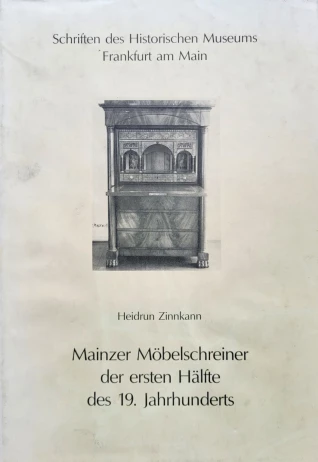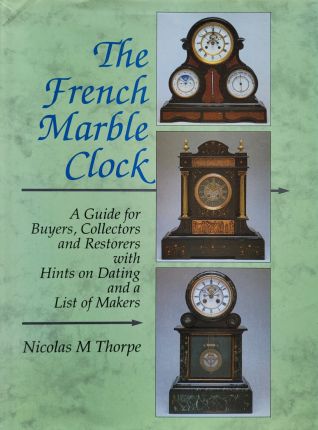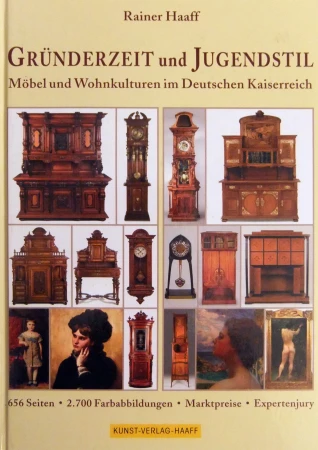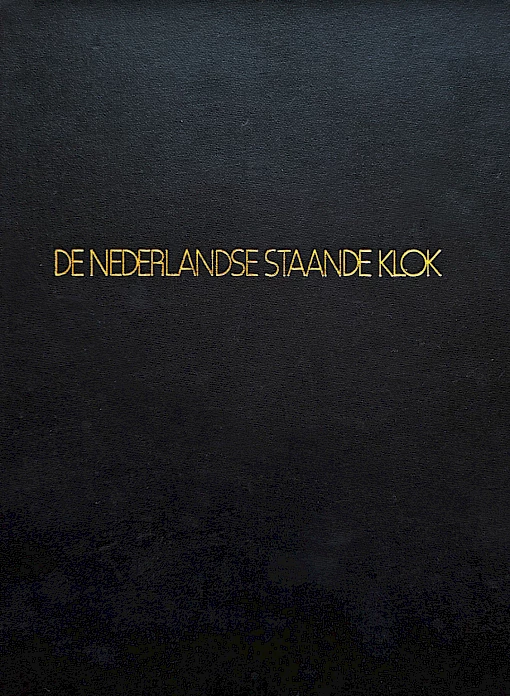Jan Zeeman - De Nederlandse Staande Klok
A fundamental standard work on the Dutch longcase clock, systematically organised by town and region, covering the development, production and variety of types of this clock form in the Netherlands. Over 250 years of clockmaking from the late 17th to the 20th century are presented in thirteen chapters. The focus is on clocks from the 18th century - on case shapes, dials and geographical distribution, supplemented by chapters on astronomical displays and imported movements.
In the detailed introduction, the term "staande klok" is first defined as a weight-wound movement in a freestanding case with a pendulum that reaches close to the ground. The author emphasises the problem of national attributions: Many of the grandfather clocks made in the Netherlands were based on English models or included imported movements and components, particularly from Colchester and London. This results in a dense network of reciprocal trade and production relationships between England and the Netherlands, which can be traced via dials, movements, hand shapes and engraving marks.
It is particularly emphasised that the production of a longcase clock was usually a division of labour: clockmakers, case makers, engravers and dealers worked in close cooperation, often merging imported parts and local production.
Jan Zeeman - De Nederlandse Staande Klok
Van Gorcum & Comp. B.V., Assen 1977
ISBN 90-232-1419-6
Auch interessant

Heidrun Zinnkann - Mainzer Möbelschreiner der ersten Hälfte des 19. Jahrhunderts
The work systematically documents the achievements and structures of the Mainz cabinetmakers of the early 19th [...]weiter lesen

Nicolas Thorpe - The French Marble Clock
A practice-orientated handbook on the subject of French marble and slate clocks, especially from the middle and [...]weiter lesen

Rainer Haaff - Gründerzeit und Jugendstil
The standard work on furniture and home decor in the German Empire on 656 pages. A total of 2700 objects are illustrated [...]weiter lesen
